“See that path over there?” said Jacob Carrasco, a high school sophomore from Cuba, New Mexico. “I made that with a hoe. I dug it out of the desert.” He pointed at the well-tended gardens surrounding the Cuba Independent School District’s 1,875-square-foot greenhouse.
Constructed in 2021, the greenhouse and adjacent gardens provide fresh produce to Cuba High School’s farm-to-table cafeteria and supply a growers market, where residents of this rural town 90 minutes northwest of Albuquerque can buy everything from green chile to fruit trees to flowers.
For Jacob, getting his hands dirty was surprisingly satisfying. “I can see the results of my work to this day,” he said.
Since its construction, more than 100 students have logged time sowing seeds, tending plants and harvesting crops in the greenhouse’s oft-intense humid heat.
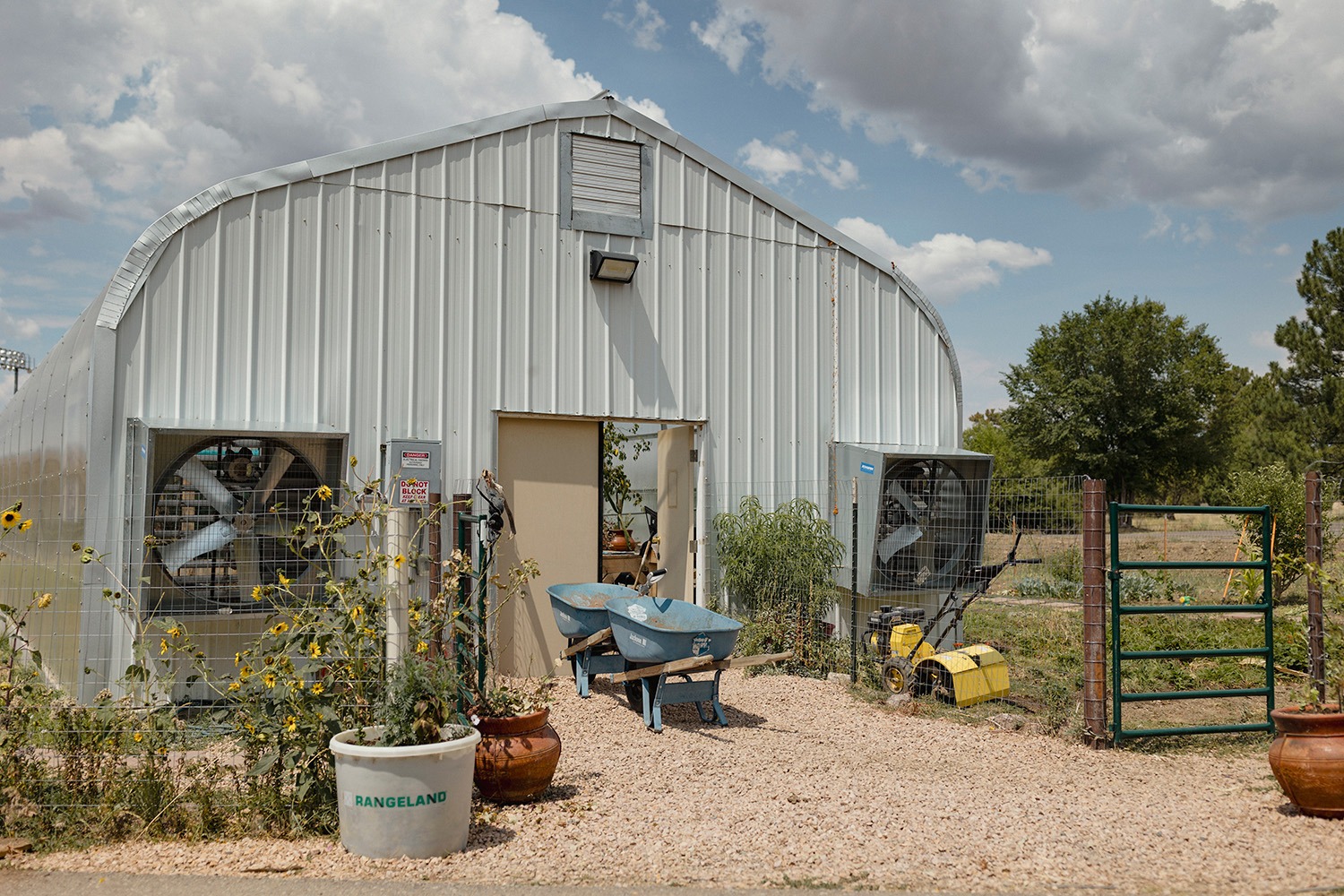
Interning in the greenhouse has its advantages — from learning controlled-environment agriculture alongside Native farming techniques to the exhilaration of harvesting pineapples after a six-inch snowfall. And for the district’s students, many of whom live in federally designated food deserts, fresh produce is a welcome addition to the school lunch menu.
The greenhouse is just one of many paid internship options available for Cuba High School students through Student Voice, a student-engagement program sponsored in part by a grant from the W.K. Kellogg Foundation. The program is a source of pride for the district’s 744 students, the majority of whom live on the nearby Navajo Nation.
The student-led program engages young people in building new skills, connecting with their culture and envisioning a brighter future for their school and community. In a district where one in four students is homeless or housing insecure, and where families have long battled poverty, systemic inequity and cultural erasure, the five-year-old program already is inspiring a new generation of community leaders.
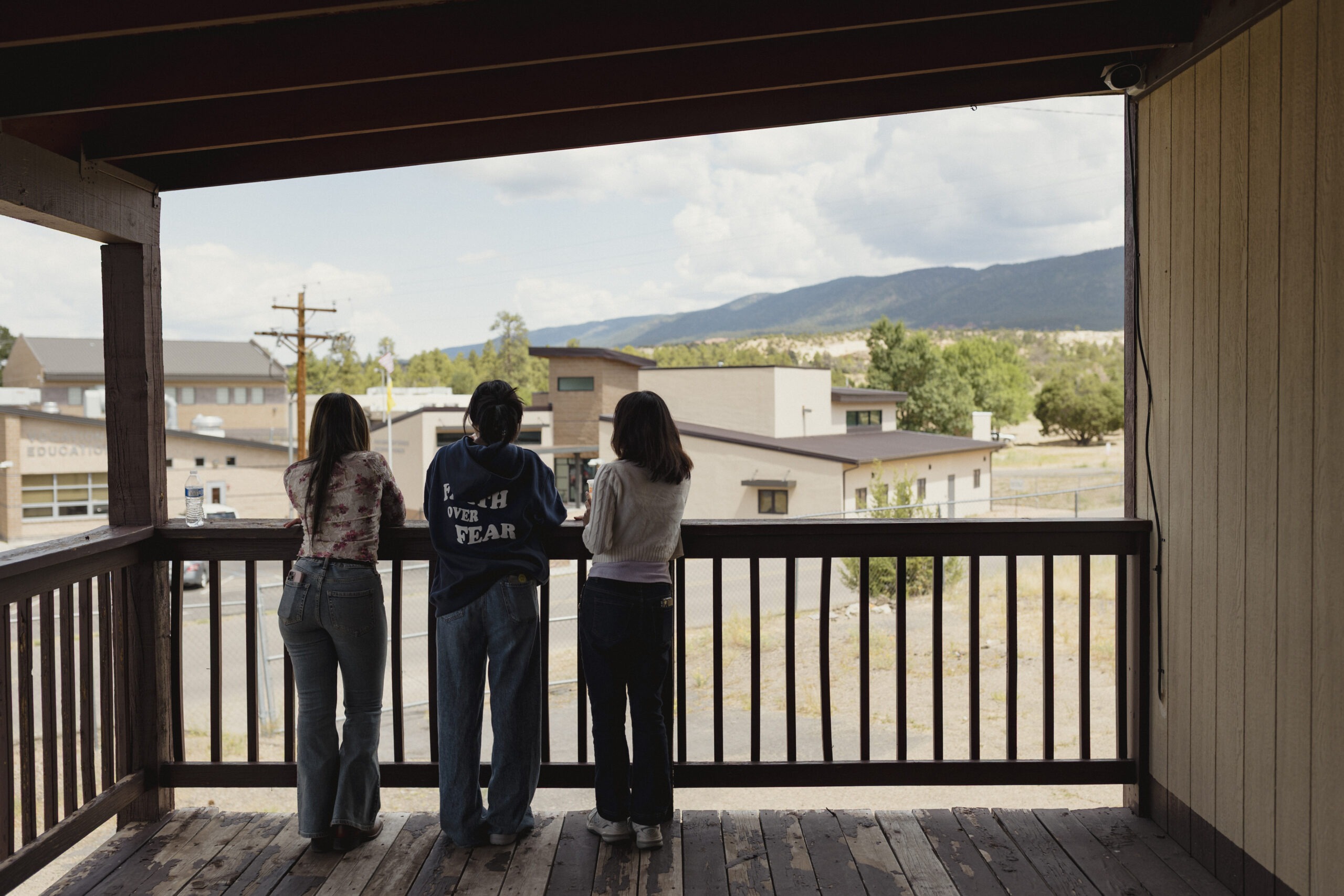
“We’ve seen so many more kids go to college,” said Daniel Delgado, a science teacher and the program’s coordinator, who is affectionately called “Delgado” by his students. “We’ve had so many more kids coming back to our community. They want to serve their community as professionals, and it’s amazing.”
Cuba High School’s graduation rate jumped from 70% in 2018 to 91% in 2022, the year after the program began, according to data from the state’s Public Education Department. New Mexico’s statewide average is 78%.
‘At the heart of everything we do’
The focus of internships ranges from STEM careers like IT and robotics to healthcare and horticulture. The variability comes from the fact that the students, not teachers or administrators, plan each year’s internships. Participants conduct “listening sessions” with their peers and with younger students, visiting every grade, including kindergarten. The goal is to encourage every student to share their ideas for making their school and community better. One of the earliest student suggestions? Internships.
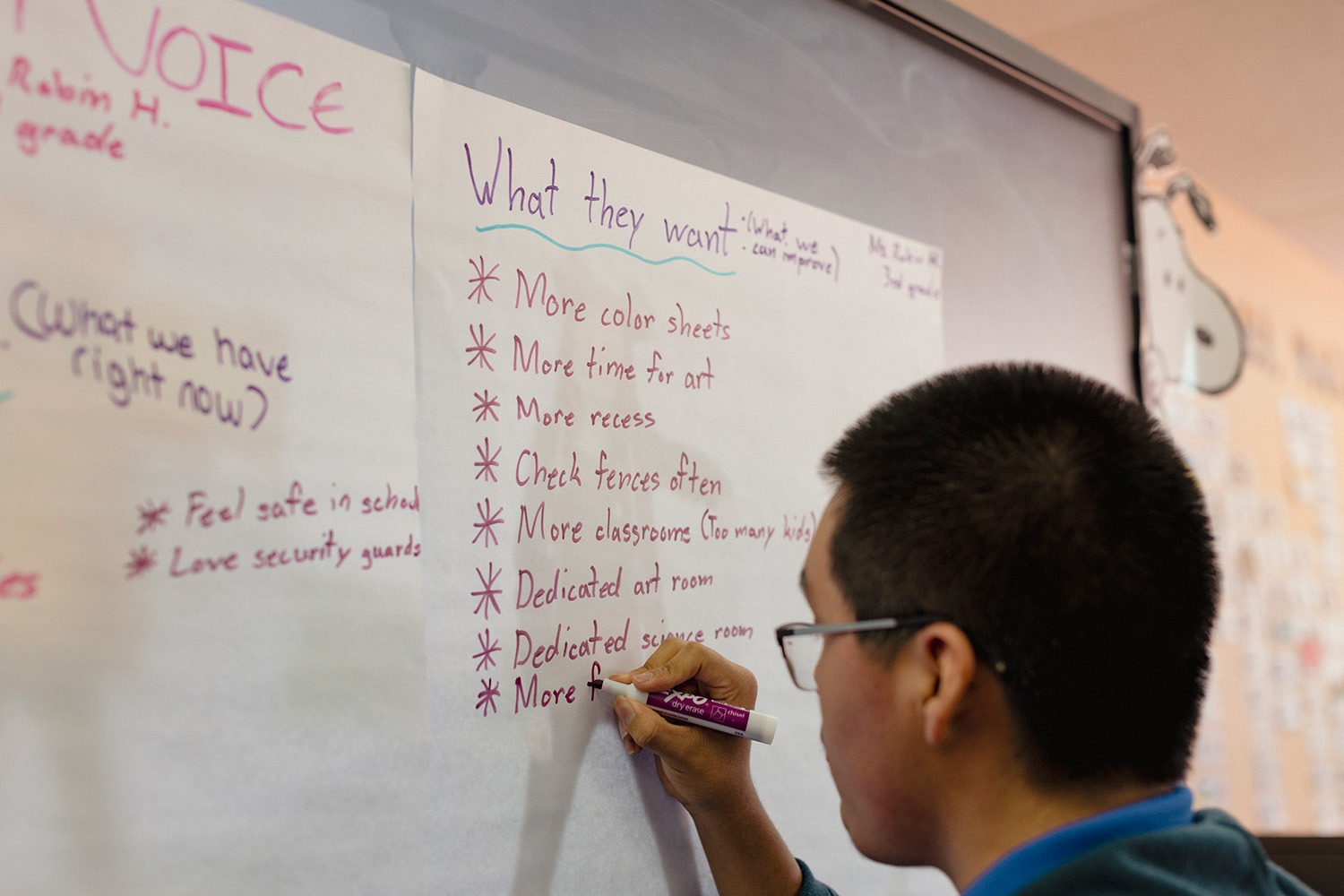
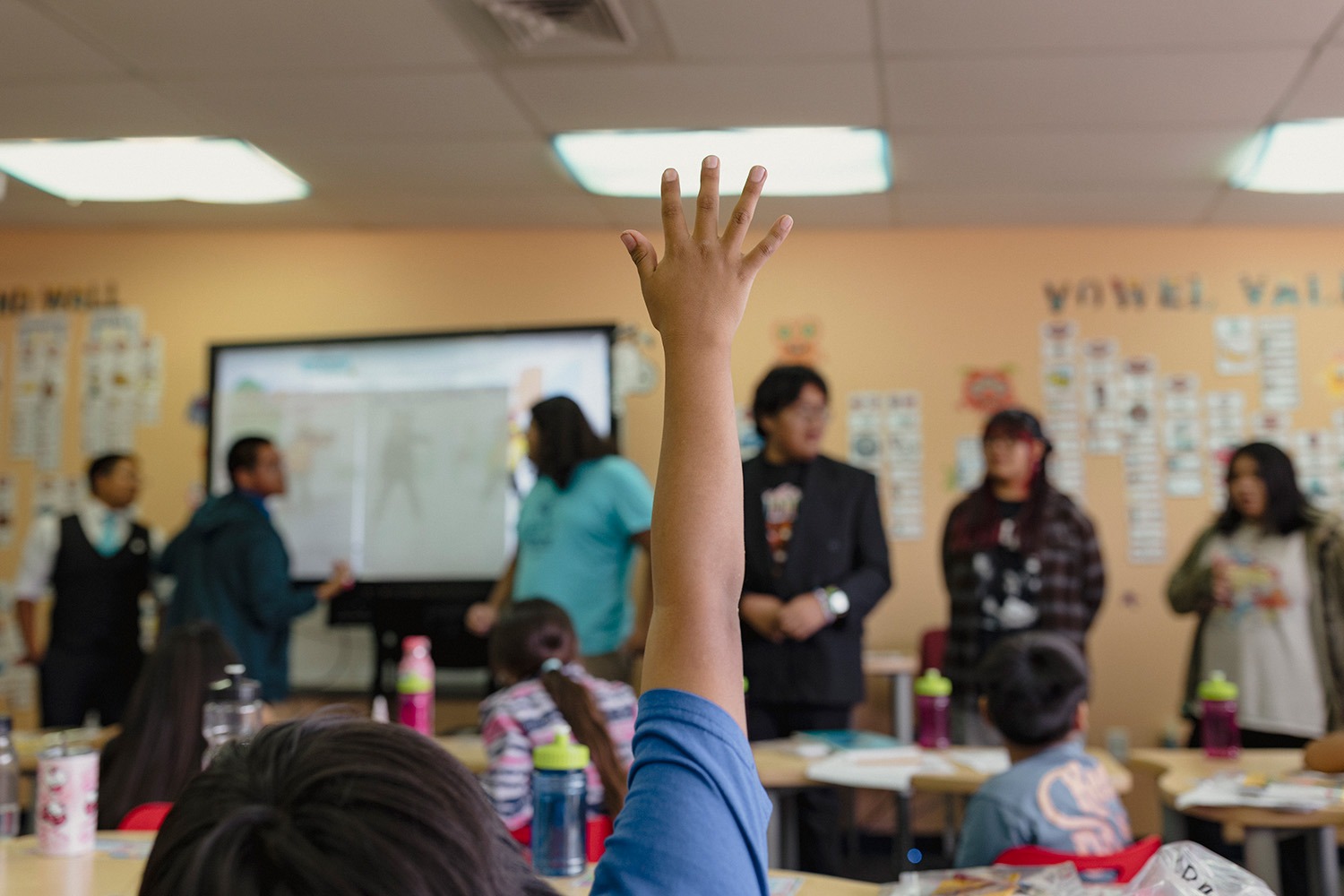
“Student Voice is at the heart of everything we do,” Delgado said. “To make these internships successful, the students really have to lead the program and tell us what’s important to them. We don’t want adults planning programs for students that aren’t meaningful.”
For Jules Woody, a senior who serves as vice president of Student Voice and hails from the Navajo Nation, the program has helped her come out of her shell. “I’ve always been really quiet,” she said. “This program gives me an opportunity to speak for the school, and to explore how the school could improve and what students want from the school.”
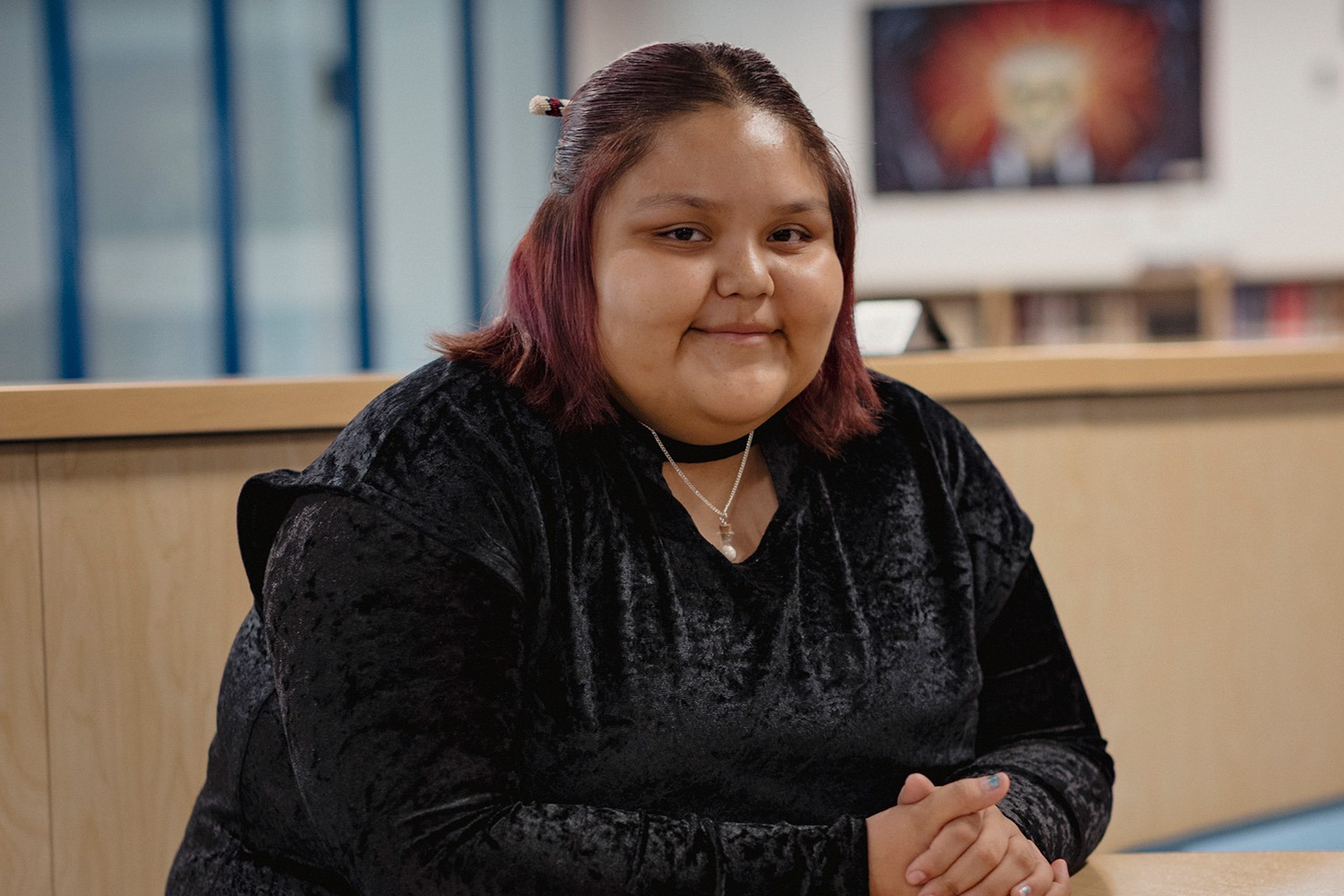
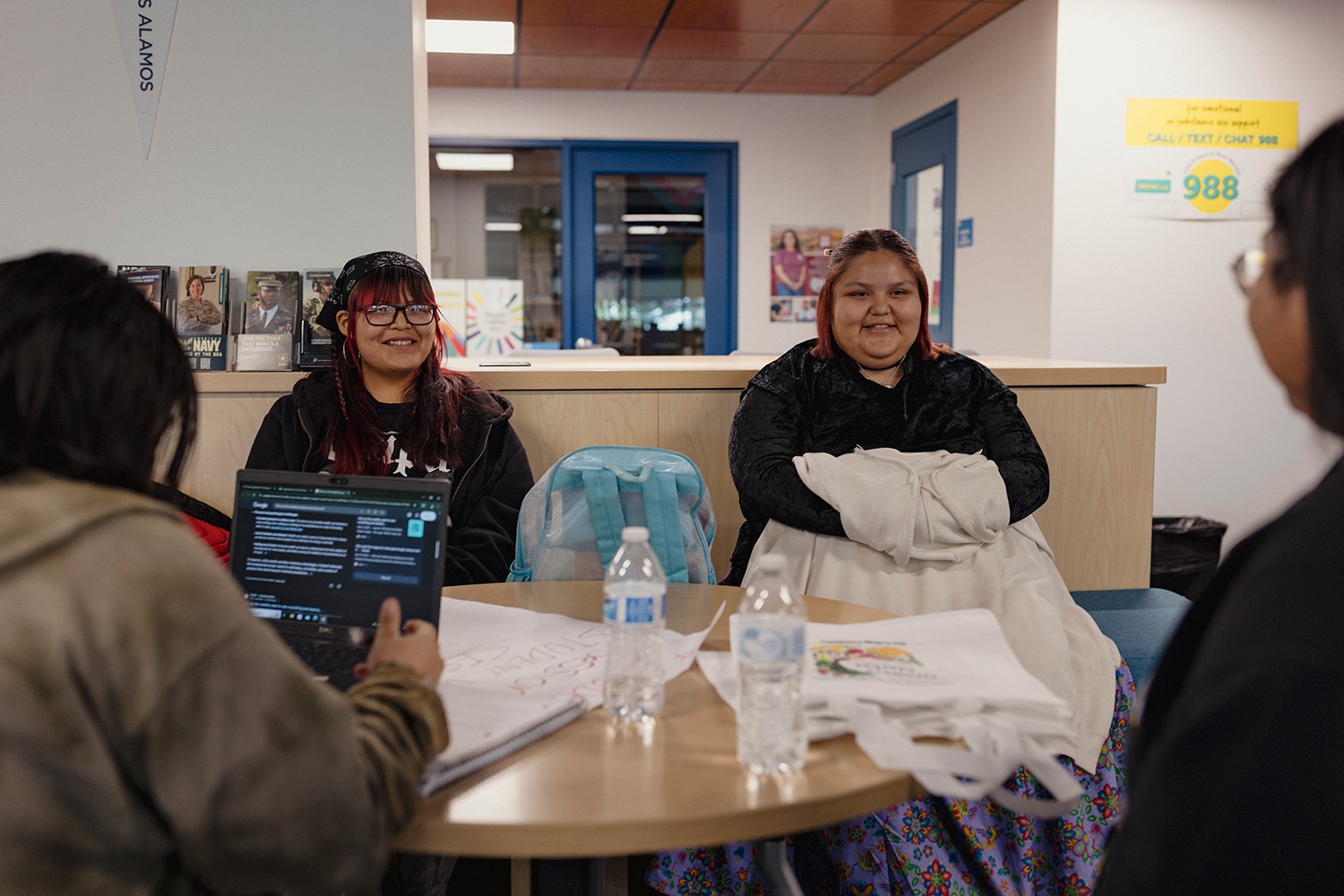
Students are bused as far away as Albuquerque to participate in the internships. They earn $15 an hour during monthlong summer internships and one-day-a-week internships during the school year. “It’s a really big deal,” said Jules, who is doing a hospitality internship this year while considering a career in nursing.
“It’s changing lives,” Delgado said. “The kids have their own resources. They have their own money. They can help support their families, and that’s one of the things I love about the community. They take care of each other. It’s part of the culture here.”
Testing out multiple careers as a teenager
“My passion was teaching at first,” said Andrea Gauripaga, a senior whose mother teaches at Cuba High School. “But once I got a look at the internships, the Sandoval Regional Medical Center sounded cool.” After taking the bus to Rio Rancho, New Mexico, where the hospital is located, and completing a hands-on internship that involved shadowing a mentor, she has now decided on a new career path.
“I’m wanting to become a doctor,” she said. “Pediatrics.” Now, thanks to a tip from her mentor, she’s planning to apply to a BA/MD program at the University of New Mexico (UNM) that will enable her to go straight from her undergraduate studies to medical school. “They want people from rural schools who will come back to the community and serve,” she said.
Kayla Chiquito, the high school’s 2024-2025 salutatorian, also did an internship at the hospital after first interning with the Cuba Fire Department. “My parents were really happy I got to experience something they never thought possible,” she said of her Navajo family. Now, as a freshman at UNM, she’s combining what she learned in both internships by becoming a paramedic. “I would love to go back to Cuba because I know from experience that it takes the paramedics a long time to get to the reservation,” she said.
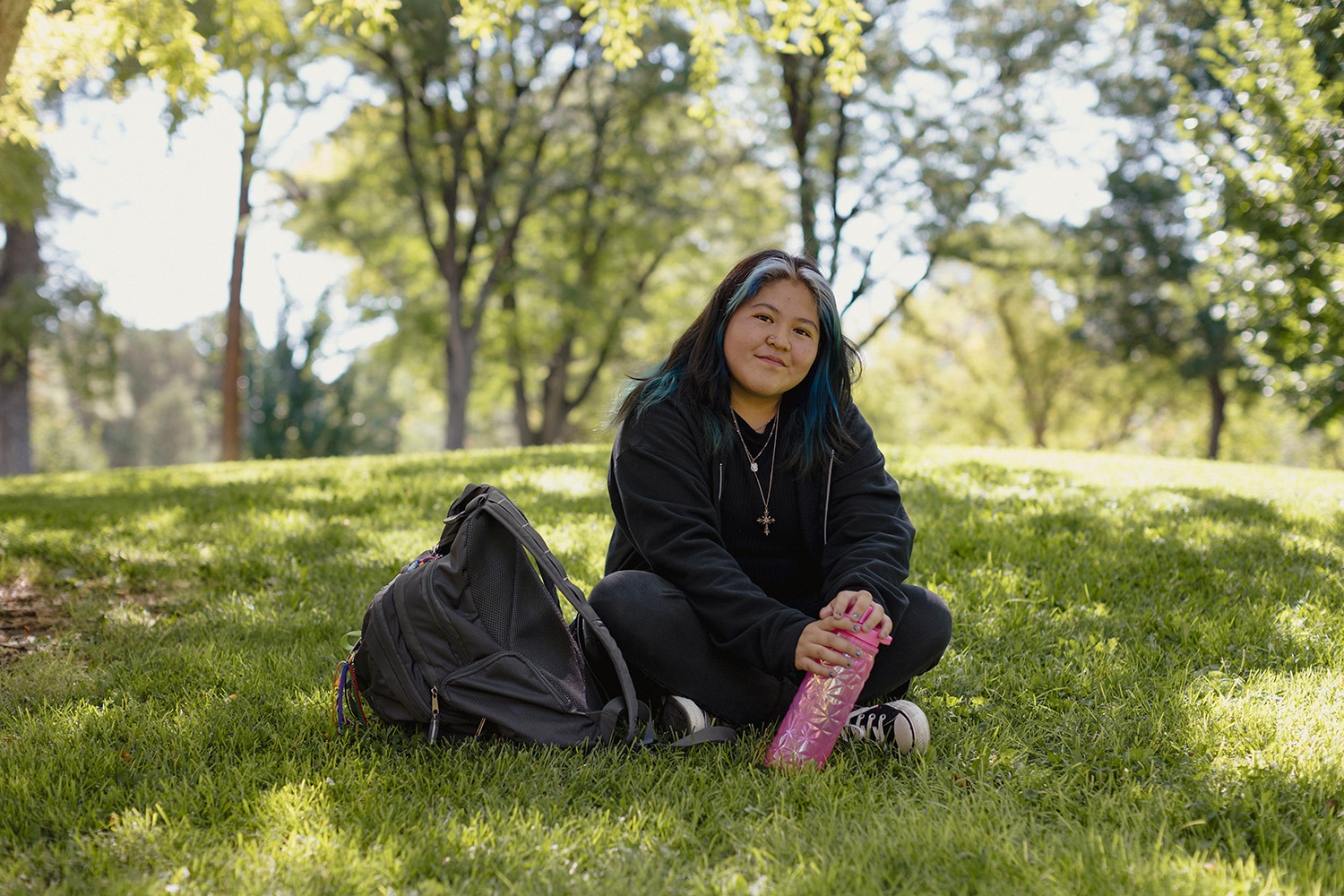
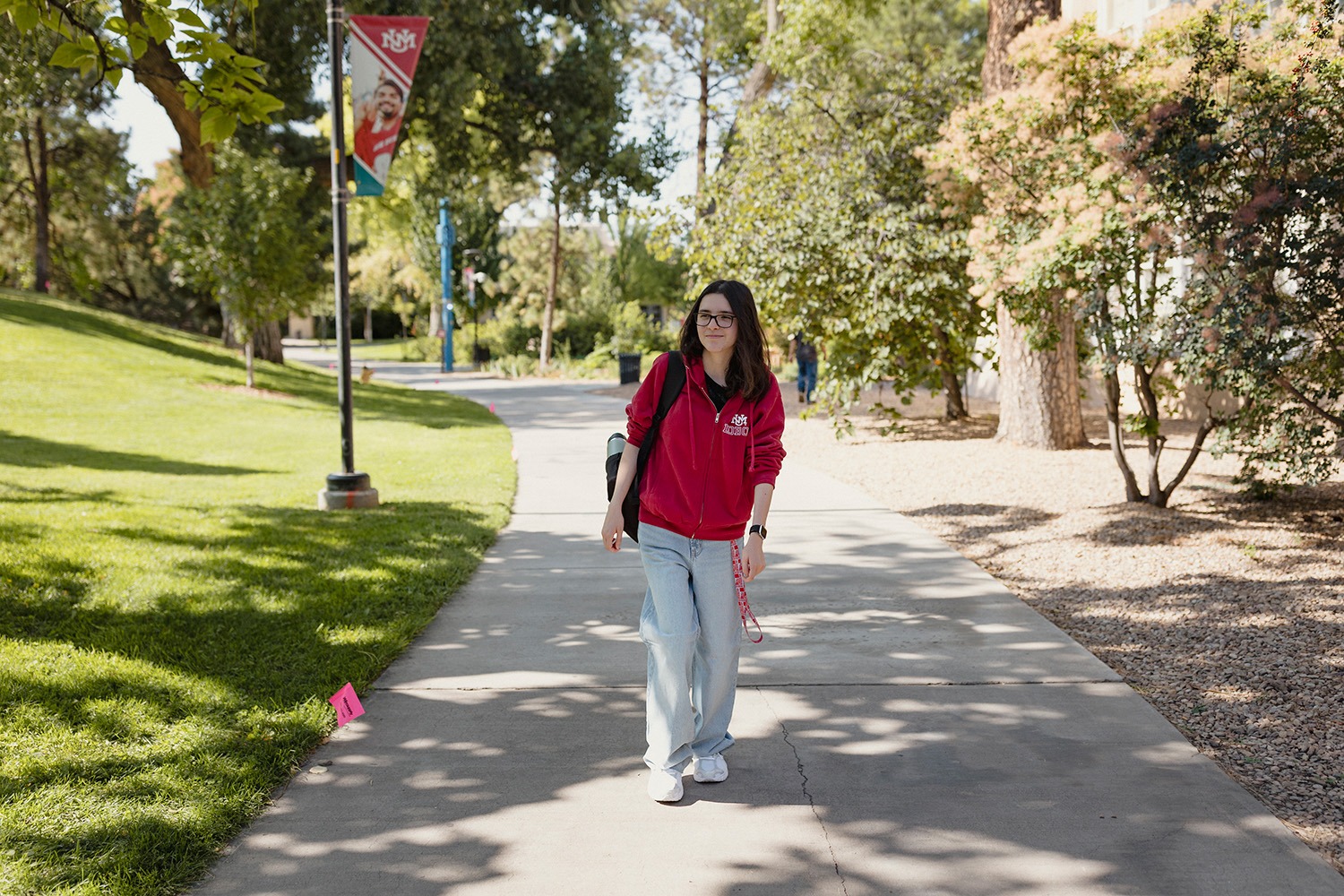
For her fellow class of 2025 graduate Kaylee Valdez, a variety of internships over the past four years helped her hone in on a future career as a trauma nurse — while teaching her valuable financial skills.
“I wasn’t used to earning money, so my first thought was: I want to buy cool things,” said Valdez, who is also studying at UNM. “But that’s when learning money management came in handy,” she said. The money she saved is helping her pay for college expenses.
A fresh crop of leaders
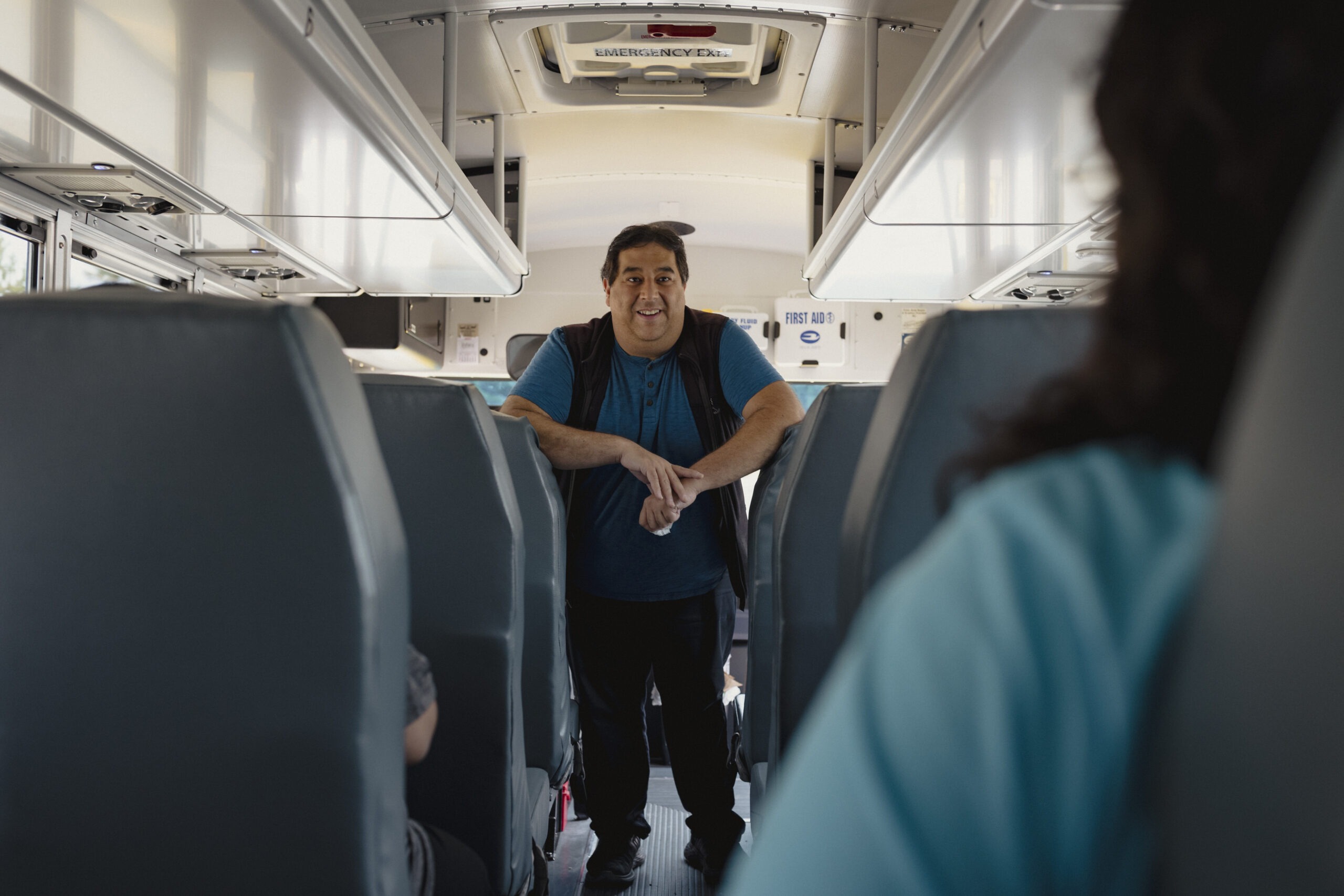
For Delgado, who grew up in Cuba but now lives in Rio Rancho, New Mexico, he couldn’t be more heartened by what he’s seen take place in recent years. “Kayla and Kaylee — I call that whole group the ‘Kellogg Kids’ because they went through four years of summer internships. Well, they just blossomed,” he said.
“I got to see real transformation in those kids. Having the students develop [the internships] and be so involved in everything was really the whole point. It’s why I got involved, because I’m a strong believer in growing your own local leaders. In Cuba, our leaders are really old, and there’s not a generation right now ready to take over. I want to change that, and I truly feel this group is going to be that change.”
How Cuba Independent School District’s Student Voice program is nurturing the leaders of tomorrow:
- Program designed by students, for students
- Paid internships
- Personal financial training (how to open bank accounts, save money, and set up direct deposit)
- Hands-on career training
- Projects that benefit and bring together the community
- Healthy, homegrown school meals
- Culturally relevant instruction
- Leadership and social skills training
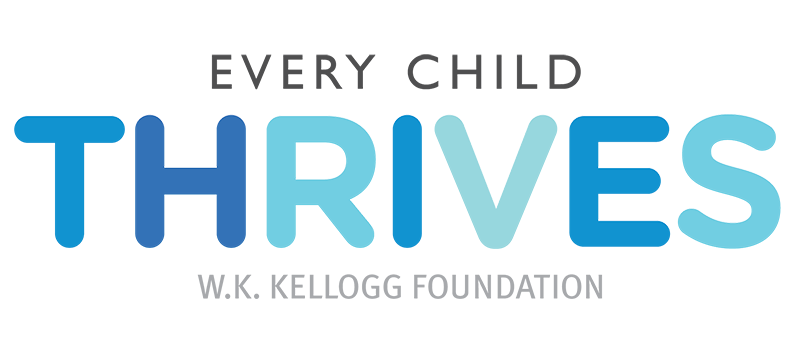
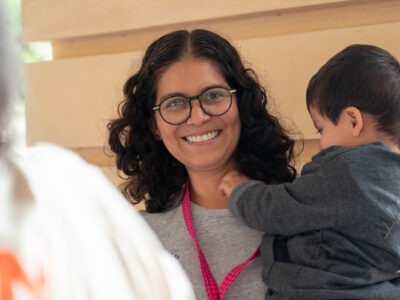

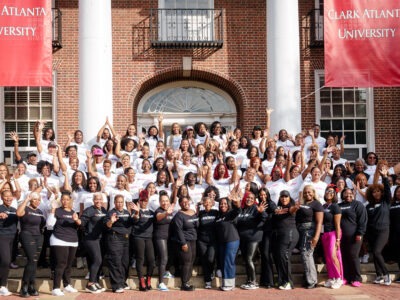

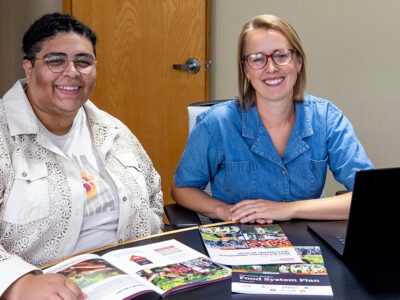
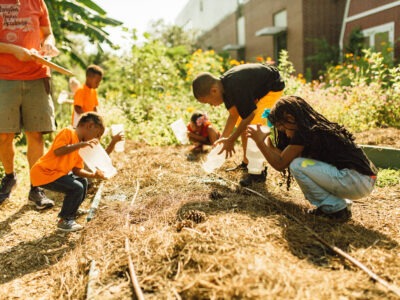
Comments